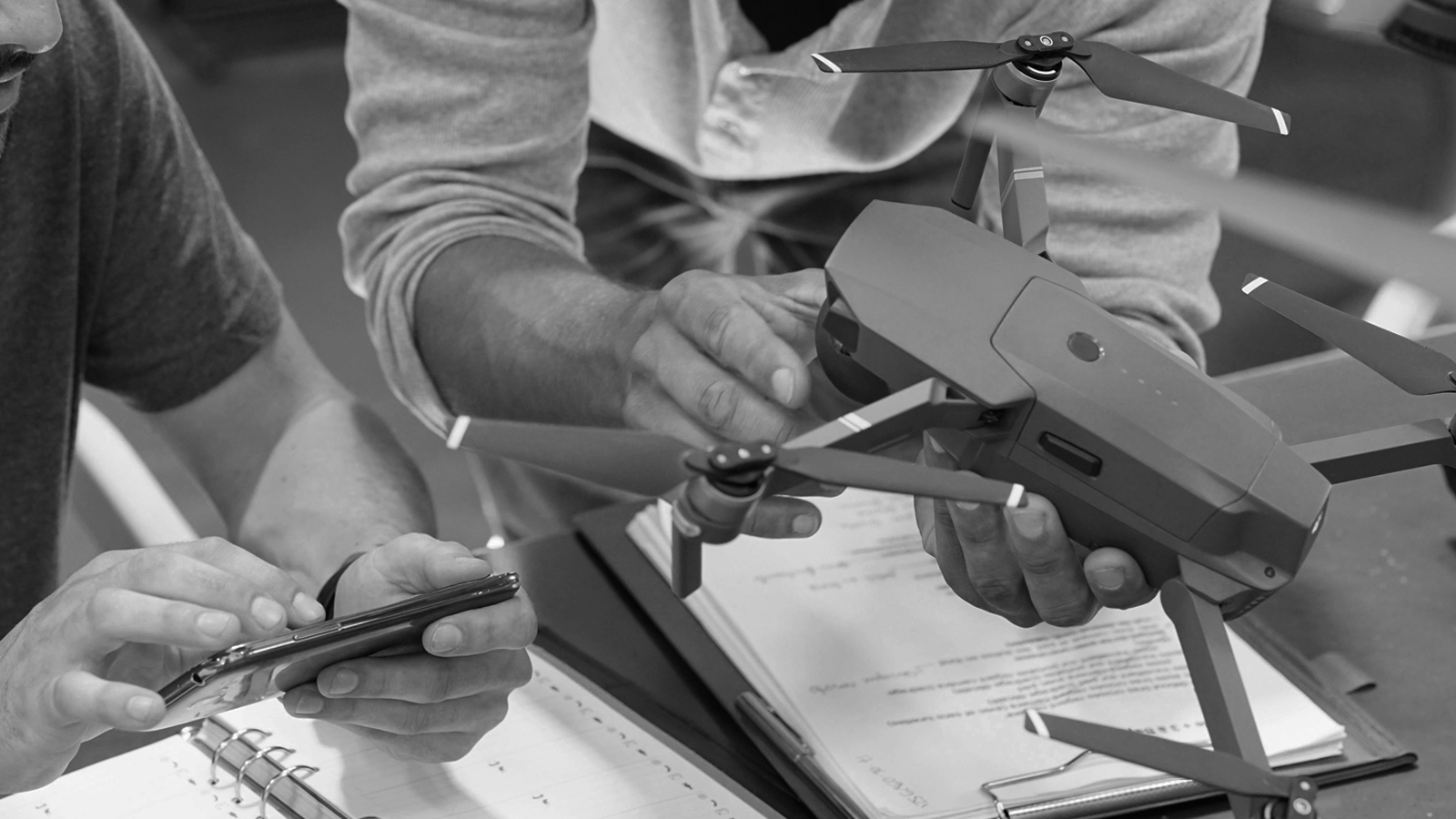
In filmmaking, capturing the perfect shot has always been both an art and a logistical challenge. Today, drones have ushered in a new era of cinematography, enabling filmmakers to capture breathtaking scenes with greater mobility and reduced costs. Sonoran Desert Institute (SDI), accredited by the Distance Education Accrediting Commission (DEAC), equips students with the skills and knowledge needed to navigate the technological advancements across creative industries. Through its online coursework in uncrewed technology, it prepares learners to leverage drones not only in industrial and tactical applications but also in fields like film and media, where innovative camera mobility and cost efficiency are essential.
From indie productions to Hollywood blockbusters, drones allow filmmakers to achieve previously unreachable camera angles and execute complex shots with remarkable precision, all at a fraction of the traditional expense. As a result, visual storytelling has become more dynamic, immersive, and financially accessible than ever before.
Aerial Shots, Reimagined
Before drones became mainstream, capturing aerial footage required massive logistical coordination. Helicopters, licensed pilots, air traffic permissions and sky-high budgets (literally) limited who could afford such cinematic luxuries. Even then, flexibility was limited because helicopters could not fly too low, turn too fast, or hover in place for long.
Drones have changed everything. Equipped with stabilized 4K or even 8K cameras, today’s professional Uncrewed Aerial Vehicle (UAVs) can fly at low altitudes, navigate tight spaces and maneuver in complex environments with fluid motion. It allows directors and cinematographers to choreograph scenes with a level of freedom once only possible in animation or Computer-Generated Imagery (CGI).
A Cost-Effective Alternative to Cranes and Helicopters
One of the biggest advantages of using drones in film production is the cost savings. Renting a helicopter for even a single day of shooting can cost thousands of dollars, not including crew, permits or fuel. Setting up a large crane or dolly system takes hours, requires specialized operators, and limits mobility.
Drones, on the other hand, are compact, agile, and relatively affordable to operate. A professional-grade drone can be deployed in minutes, fly multiple missions on a single battery charge and capture footage from multiple angles without requiring location resets. With fewer crew members needed and minimal equipment to transport, even small-scale productions can access high-end cinematic capabilities.
Enhancing Creative Vision with Flexibility
Drones are not just about height because they offer a new perspective. The ability to seamlessly transition from wide, establishing shots to tight tracking sequences adds visual variety and enhances narrative engagement. Directors now have the option to use drones not only for aerials but as fluid, floating cameras that replace Steadicams, slides, and jibs.
Advanced flight software allows operators to program complex flight paths, set waypoints and maintain consistent framing, making even ambitious shots repeatable and precise. Some drones are equipped with object tracking and obstacle avoidance, enabling them to follow actors or vehicles autonomously while dodging trees, buildings, or power lines.
Applications Across Genres
Drones are making a visual impact across nearly every film genre:
- Action and Thriller – High-speed chase scenes benefit from drones that can track vehicles at close range with the agility that helicopters can’t match.
- Documentary – Nature films now regularly use drones to unobtrusively follow wildlife, capture sweeping landscapes or document human impact on the environment.
- Horror and Suspense – Low, gliding drone shots can amplify unease or provide a voyeuristic perspective that heightens tension.
- Romance and Drama – Sunset flyovers, coastal panning shots or emotional reveals above all become more poetic and affordable.
Even live events, concerts and reality TV productions utilize drones for immersive coverage and multi-angle broadcast support.
Behind-the-Scenes Efficiency
The benefits of drones extend beyond the lens. Location scouts can use drones to assess terrain, lighting and shot composition before committing crew and gear to a shoot. Production teams can create digital models of sets or landscapes using drone-captured photogrammetry, assisting with planning, continuity and visual effects integration.
Drones also speed up the production process. Fewer setup changes mean less downtime between shots, and their ability to adapt quickly to new directions or angles keeps the creative process fluid. For time-sensitive shoots like capturing golden hour light or choreographing a complex scene, this efficiency is pivotal.
Training and Professional Standards
As drone cinematography becomes integral to modern productions, the demand for skilled operators who grasp both aviation protocols and cinematic techniques has surged. Professional drone pilots are now expected to master not only flight regulations and safety procedures but also the nuances of film framing, lighting, movement, and storytelling.
At SDI, aspiring drone professionals benefit from a comprehensive educational pathway designed to build both technical and creative expertise. Through the Certificate in Uncrewed Technology Aerial Systems and the Associate of Science in Uncrewed Technology, SDI offers a curriculum that covers essential areas such as drone mechanics, camera integration, and compliance with FAA regulations.
This coursework is tailored to equip students with the dual skills necessary to operate drones safely, effectively, and artistically in both commercial and narrative contexts. By combining technical training with creative application, the institute prepares cinematographers, content creators and production specialists to harness drone technology for crafting compelling visual narratives.
Legal and Safety Considerations
Despite their advantages, drone use in filmmaking must adhere to strict safety and legal protocols. Regulations vary by country, but in the U.S., operators must be FAA Part 107 certified for commercial use, avoid restricted airspace and maintain line-of-sight during flights.
Permits may also be required for drone use in public or crowded areas and certain types of stunts. These include flying through structures or near actors, which may involve added scrutiny or insurance requirements. Producers must also consider weather conditions, battery limitations, and risk mitigation protocols to ensure the safe and efficient use of drones on board.
The Future of Cinematic Storytelling
As drone technology continues to develop, with lighter builds, longer flight times and more sophisticated AI, aerial cinematography can only become more accessible and more advanced. Innovations like First-Person View (FPV) drone racing cams are already pushing the boundaries of speed and perspective, offering exhilarating footage for action films and sports.
What was once cutting-edge is quickly becoming standard, and the next generation of filmmakers can enter the industry fluent in drones’ capabilities, using them not just as tools but as storytelling devices. Through education, hands-on training and innovation, drones help bridge the gap between technology and imagination, empowering storytellers to take their vision to new heights.

